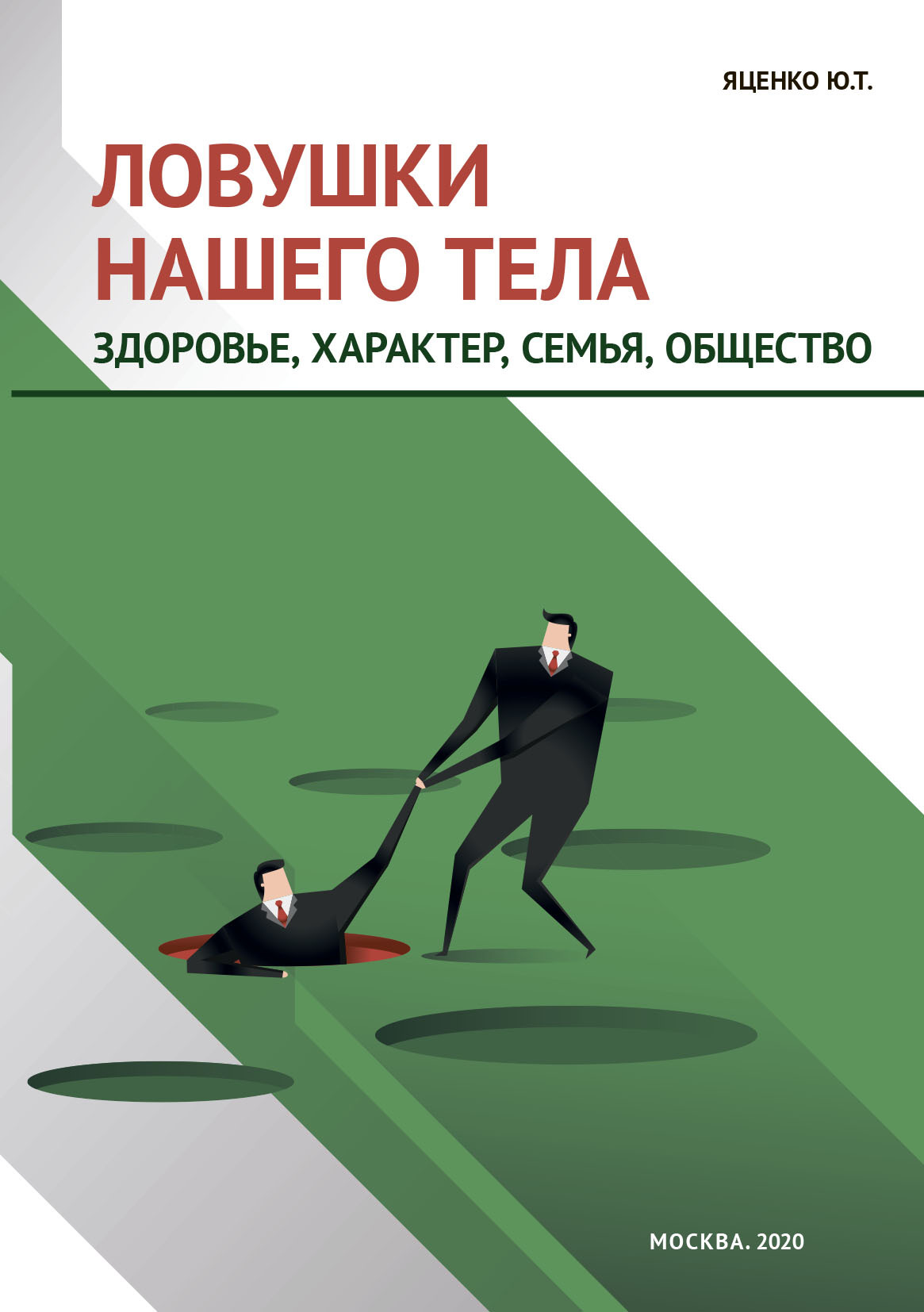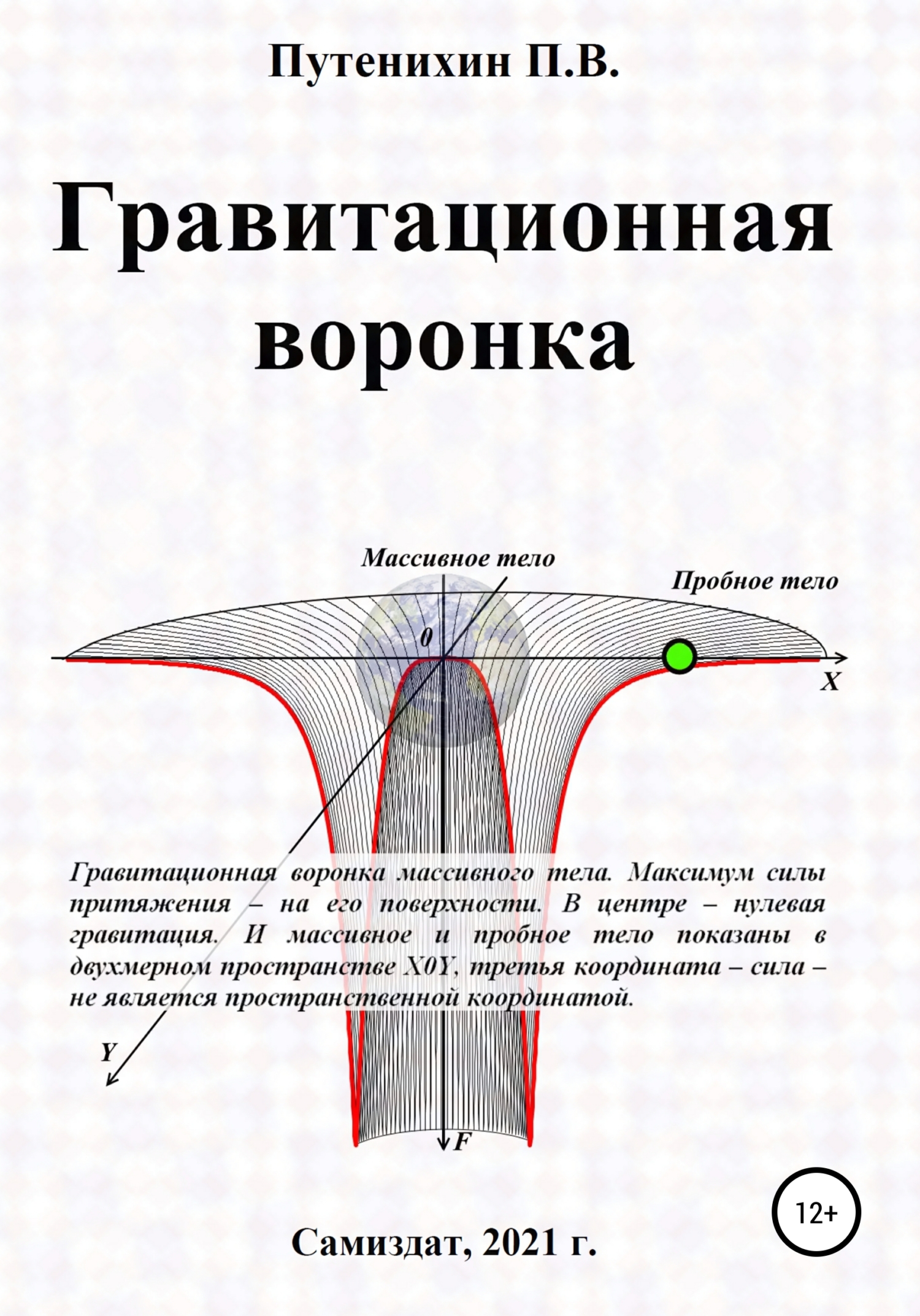Книга Краткая история тела. 24 часа из жизни тела: секс, еда, сон, работа - Дженнифер Акерман
На нашем литературном портале можно бесплатно читать книгу Краткая история тела. 24 часа из жизни тела: секс, еда, сон, работа - Дженнифер Акерман полная версия. Жанр: Книги / Разная литература. Онлайн библиотека дает возможность прочитать весь текст произведения на мобильном телефоне или десктопе даже без регистрации и СМС подтверждения на нашем сайте онлайн книг knizki.com.
Шрифт:
-
+
Интервал:
-
+
Закладка:
Сделать
Перейти на страницу:
Перейти на страницу:
Внимание!
Сайт сохраняет куки вашего браузера. Вы сможете в любой момент сделать закладку и продолжить прочтение книги «Краткая история тела. 24 часа из жизни тела: секс, еда, сон, работа - Дженнифер Акерман», после закрытия браузера.
Книги схожие с книгой «Краткая история тела. 24 часа из жизни тела: секс, еда, сон, работа - Дженнифер Акерман» от автора - Дженнифер Акерман:
Комментарии и отзывы (0) к книге "Краткая история тела. 24 часа из жизни тела: секс, еда, сон, работа - Дженнифер Акерман"
























